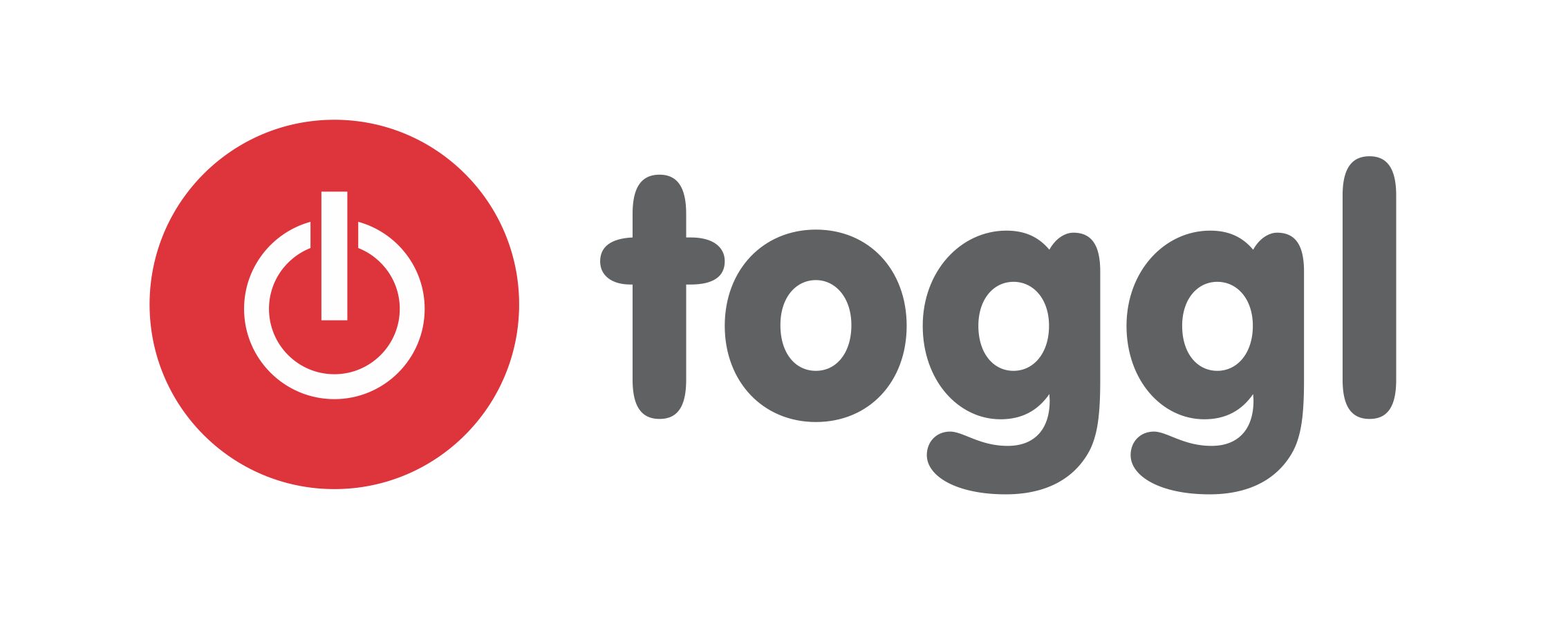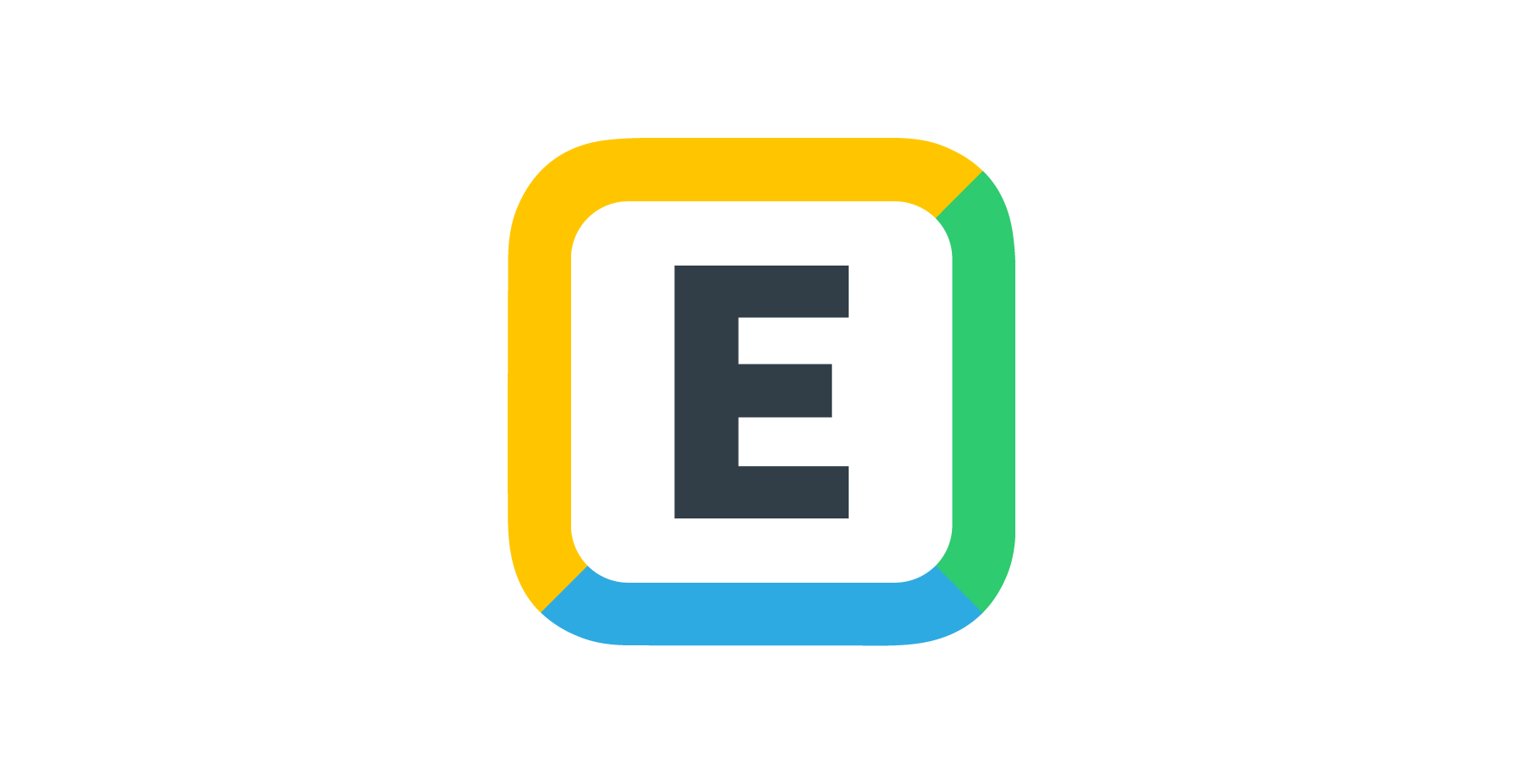In a world where time is money, it’s more crucial than ever to track both with impeccable precision. Whether you’re a freelancer keen on ensuring that each hour is billable, or a large corporation looking to optimize expenses, the right software is your lifeline. The age-old adage “What gets measured gets managed” rings especially true when it comes to time and expenses.
Why Time and Expense Tracking Matters
The drive behind time and expense tracking isn’t merely about counting pennies or hours. It’s about understanding business operations deeply, optimizing processes, and ensuring that resources are allocated efficiently. Make sure to check out: QuickBooks Time and Expense Tracking.
Benefits include:
- Enhanced Productivity: By tracking time, businesses can pinpoint which tasks consume the most hours and adjust accordingly.
- Expense Transparency: Detailed expense tracking prevents leakage and provides a clearer picture of where funds are being spent.
- Accurate Billing: Freelancers and service providers can ensure they’re paid for every minute of their time.
- Data-Driven Decisions: Firms can make strategies based on concrete data rather than intuition.
Essential Features in Time and Expense Tracking Software
Source: ebillity.com
When seeking out the perfect software, prioritize these features:
- Intuitive User Interface (UI): Time and expense tracking should be hassle-free.
- Mobility: With the rise of remote work, a mobile app or web-based platform accessible from anywhere is vital.
- Integration Capability: The software should easily integrate with other tools like accounting software, CRMs, or project management platforms.
- Reporting and Analytics: Visualizing data through graphs and charts can aid in understanding trends and patterns.
- Customization: Every business has unique needs. The software should be flexible enough to cater to these.
Top Time and Expense Tracking Software
While many tools boast comprehensive features, a few stand out in the market for their efficiency, user-friendliness, and reliability.
1. Toggl

Source: cpapracticeadvisor.com
- Pros: Toggl boasts an intuitive interface and is perfect for individual freelancers and teams. Its primary function is time tracking, with features like auto-tracker and timeline that offer insights into time distribution.
- Cons: While it excels in time tracking, its expense tracking features may not be as robust as other dedicated tools.
2. Expensify

Source: pillar.vc
- Pros: As the name suggests, Expensify is tailored for expense management. With features like receipt scanning and automatic expense report generation, it streamlines the expense recording process.
- Cons: It’s more centered on expenses than time tracking. It might not be the best for those who want an all-in-one solution.
3. Harvest

Source: pcmag.com
- Pros: A balanced blend of time tracking and expense management. Harvest allows teams to track time per project and is renowned for its comprehensive reporting features.
- Cons: Might be slightly overwhelming for individual freelancers or small teams due to its extensive features.
Expense Optimization Using Tracking Software
Once you’ve picked your ideal software, the real magic begins. Here’s how you can optimize expenses using these tools:
- Analyze Reports: Regularly scrutinize reports to understand where time is spent and where money is going. Patterns might emerge, like recurring unnecessary expenses or tasks that take longer than they should.
- Budgeting: Using the data from the software, craft detailed budgets. Knowing beforehand where money will be spent can mitigate overspending.
- Time Management: For teams, understanding which tasks are time-consuming can lead to potential training or the need for additional resources.
- Automate: Many software options offer automation. This can be particularly helpful in generating invoices based on tracked time or categorizing expenses.
Best Practices for Implementing Time and Expense Tracking
Source: getclockwise.com
Implementing a new system can be challenging. Here are some best practices to ease the transition:
- Training: Ensure everyone knows how to use the software. This might mean dedicated training sessions or simple how-to guides.
- Consistency: Stress the importance of recording every single expense and tracking time diligently. Gaps in data can compromise its integrity.
- Regular Check-ins: Especially in the early days, frequently check in with users. Understand their challenges and provide solutions.
- Feedback Loop: Create a system where users can provide feedback about the software. This can be crucial in identifying areas for improvement.
FAQs
Is It Possible to Track Time and Expenses for Multiple Projects Simultaneously?
Yes, the most advanced time and expense tracking software allows users to manage multiple projects simultaneously. This feature helps businesses, especially those with diverse portfolios, to maintain accurate records across different tasks or projects without switching between various tools.
How Secure Is My Data when Using These Tracking Tools?
Source: getanp.com
Data security is a primary concern for most software providers. Reputable tracking tools typically employ robust encryption methods, adhere to data protection regulations, and often offer two-factor authentication. It’s always advisable to review a software’s security measures and certifications before committing.
Do These Software Tools Support Multi-Currency Operations for Global Businesses?
Many leading time and expense tracking software cater to the global market and thus support multi-currency operations. This feature allows businesses to seamlessly record expenses and bill clients in various currencies, making it easier to operate internationally.
Can I Export Data from These Software Tools to Other Formats or Platforms?
Absolutely! Most time and expense tracking software have export functionalities. Common formats include CSV, Excel, and PDF. Additionally, through integration capabilities, data can often be directly shared with other platforms, such as accounting or payroll software.
Are There Free Versions or Trial Periods Available for These Tracking Tools?
Many software providers offer either free versions with limited features or trial periods for their premium offerings. This allows potential users to test the software’s capabilities and determine if it aligns with their needs before making a purchase decision.
How Do These Tools Fare for Individual Freelancers Compared to Larger Businesses?
Time and expense tracking software cater to a wide range of users. While some tools are tailor-made for freelancers with simpler interfaces and essential features, others are more extensive and geared towards larger teams or businesses. It’s essential to choose a tool that aligns with the scale and complexity of your operations.
Final Words
Source: hive.com
In conclusion, as businesses evolve and the world becomes more digitized, the importance of robust time and expense tracking software cannot be emphasized enough. Such tools don’t just record data; they provide businesses with insights that can shape strategies, streamline operations, and optimize expenses.
Selecting the right software requires an understanding of a business’s unique needs and a commitment to implementing it correctly. However, with the right approach, businesses can unlock a treasure trove of data that can propel them to new heights of efficiency and productivity.



